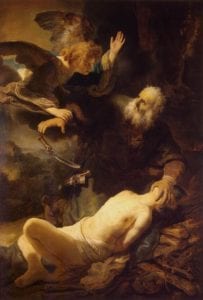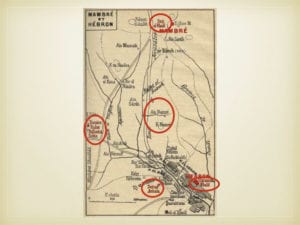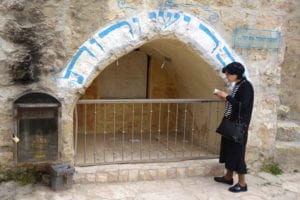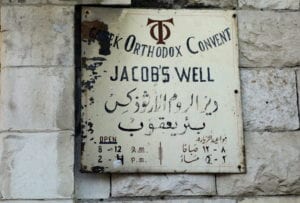
An Old Testament KnoWhy for Gospel Doctrine Lesson 9: “God Will Provide Himself a Lamb” (Abraham 1; Genesis 15-17; 21-22) (JBOTL09A)
Question: In his willingness to offer up Isaac in sacrifice, Abraham made an unthinkable choice — a choice that opposed reason, went contrary to the commandments, seemed to nullify God’s prior promises, and must have made his whole soul recoil in moral repugnance. Does the Lord require every disciple to make a similar choice?
Summary: It is one thing to choose the right when the right seems reasonable and blessings for obedience seem obvious. It is another thing to bow in humble submission when “the thought makes reason stare” and the rewards of faith are not forthcoming. This article will show how Abraham, Sarah, Isaac, and Hagar each experienced such tests, as have many in modern times. The relevance of these tests to temple covenants and blessings is made apparent, as is the need for the rescuing power of the Atonement. Will something of a similar nature be required sooner or later of every disciple? Elder Neal A. Maxwell taught: “If we are serious about our discipleship, Jesus will eventually request each of us to do those very things which are the most difficult for us to do.” Thus, “sometimes the best people have the worst experiences because they are the most ready to learn.”
The full article may be found at the Interpreter Foundation website: KnoWhy OTL09A — Must Every Disciple Make an Abrahamic Sacrifice?
An excellent 13-minute film portraying Genesis 22 entitled “Akedah (The Binding)” can be found in the LDS Media Library: https://www.lds.org/media-library/video/2011-03-027-akedah-the-binding?lang=eng




